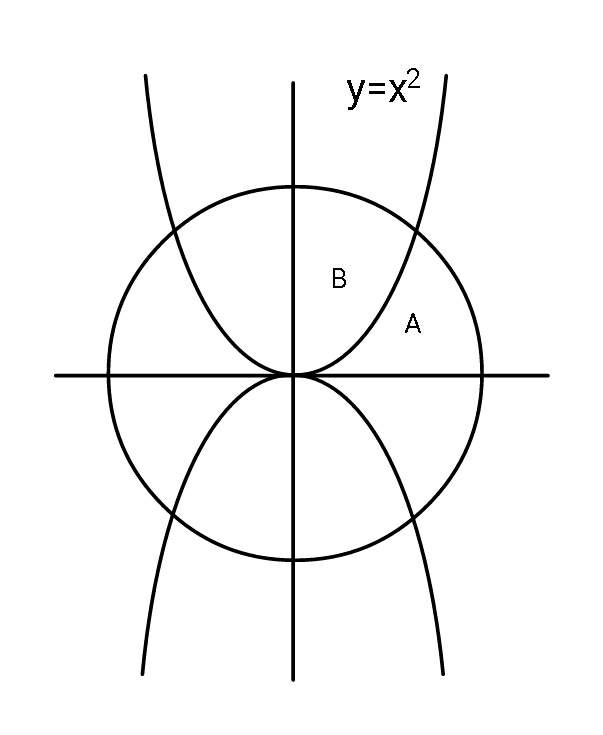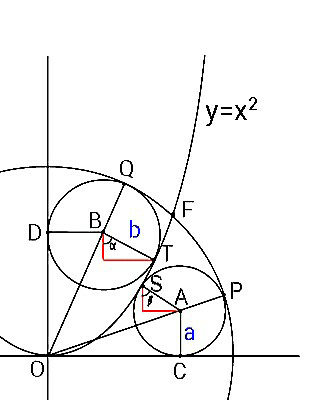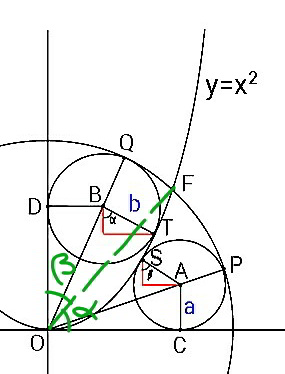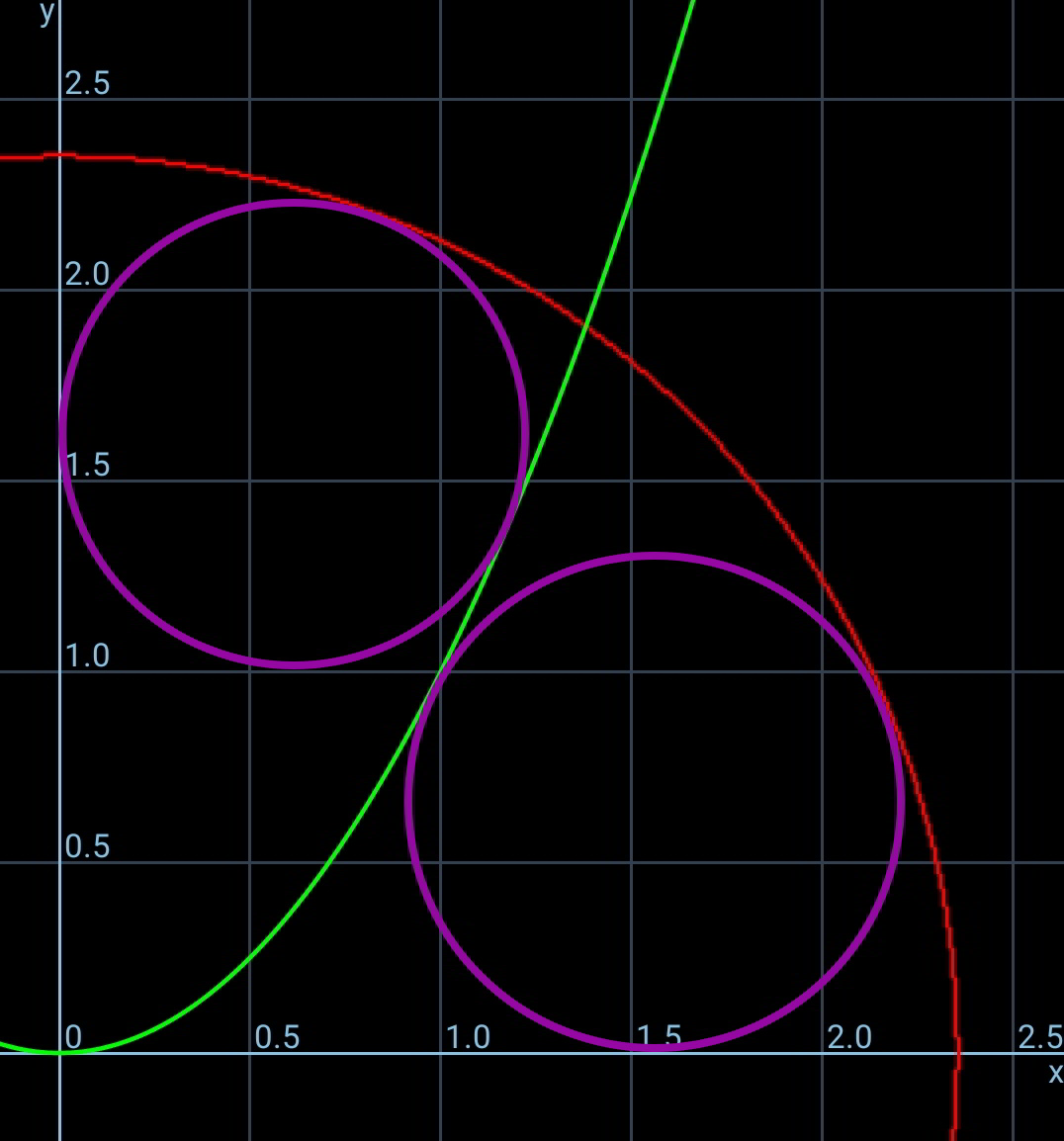
Question and Answers Forum
Question Number 80977 by ajfour last updated on 08/Feb/20

Commented by ajfour last updated on 08/Feb/20

Commented by ajfour last updated on 08/Feb/20

Commented by mr W last updated on 08/Feb/20

Commented by ajfour last updated on 08/Feb/20

Commented by ajfour last updated on 08/Feb/20
![let F(h,h^2 ) S=∫_0 ^( h) [hx−x^2 ]dx=(h^3 /6) R=h(√(1+h^2 )) ((R^2 (tan^(−1) h))/2)−((2h^3 )/6)=(R^2 /2)((π/2)−tan^(−1) h) h^2 (1+h^2 ){tan^(−1) h−(π/4)}=(h^3 /3) ⇒ tan^(−1) h=(π/4)+(h/(3(1+h^2 ))) R=h(√(1+h^2 )) ..........](Q80988.png)
Commented by ajfour last updated on 08/Feb/20

Answered by mr W last updated on 08/Feb/20

Commented by mr W last updated on 08/Feb/20

Commented by mr W last updated on 08/Feb/20

Commented by ajfour last updated on 08/Feb/20

